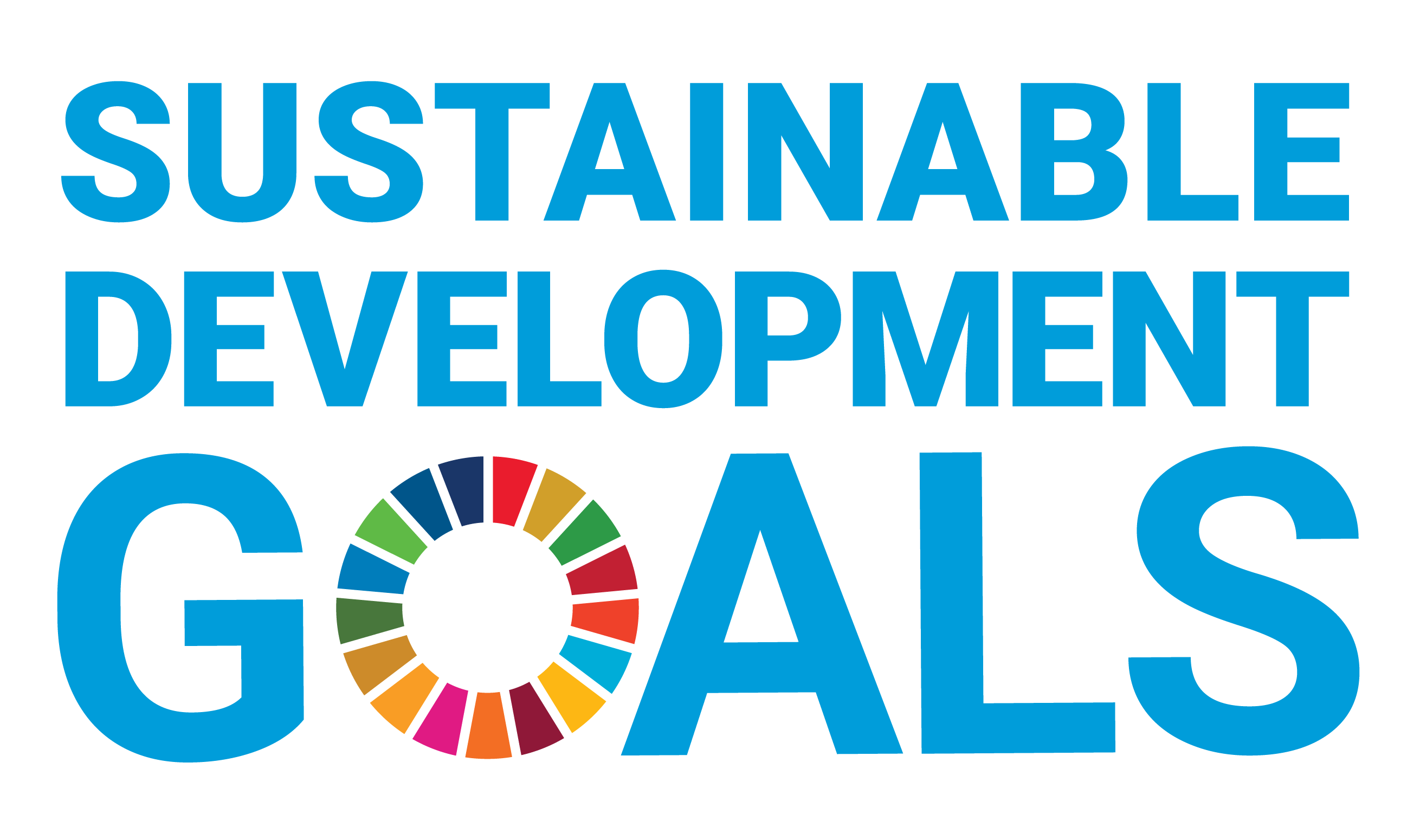Document Type
Article
Publication Date
2022
Abstract
Textile dyes in wastewater can be harmful pollutants when released into the environment without treatment. Biodegradation of textile dye effluents by different microbes, including fungi, has become popular as an alternative to physicochemical methods. The mangrove Avicennia marina is known to harbor endophytic fungi which have the potential to carry out dye degradation. Therefore, this study assessed the ability to decolorize synthetic dyes of endophytic fungi isolated from the leaves of A. marina. Of the nine fungal endophytes, Aspergillus niger, Syncephalastrum racemosum and Penicillium citrinum exhibited the highest mycelial growths in solid media, while all endophytes adsorbed Congo red. Through liquid decolorization assay, four isolates decolorized Congo red at greater than 89% decolorization rates. P. citrinum (55.45%), Mycelia sterilia (85.19%), A. flavus (44.91%) showed the highest decolorization rates of Methylene blue, Malachite green and Rhodamine B, respectively. The ligninolytic enzymes produced by the endophytic fungi, laccase exhibited the highest activity with values higher than the positive control.
Recommended Citation
Obanan, S.P., Sadaba, R.B., Alva-Gatchalian, P., Cadiz, A.V., Basilio, E.M., & Bela-ong, D.B. (2022). Decolorization of Synthetic Textile Dyes by Fungal Endophytes Isolated from the Leaves of Philippine Mangrove (Avicennia marina). EnvironmentAsia, 15(1), 21-32. https://doi.org/10.14456/ea.2022.3



